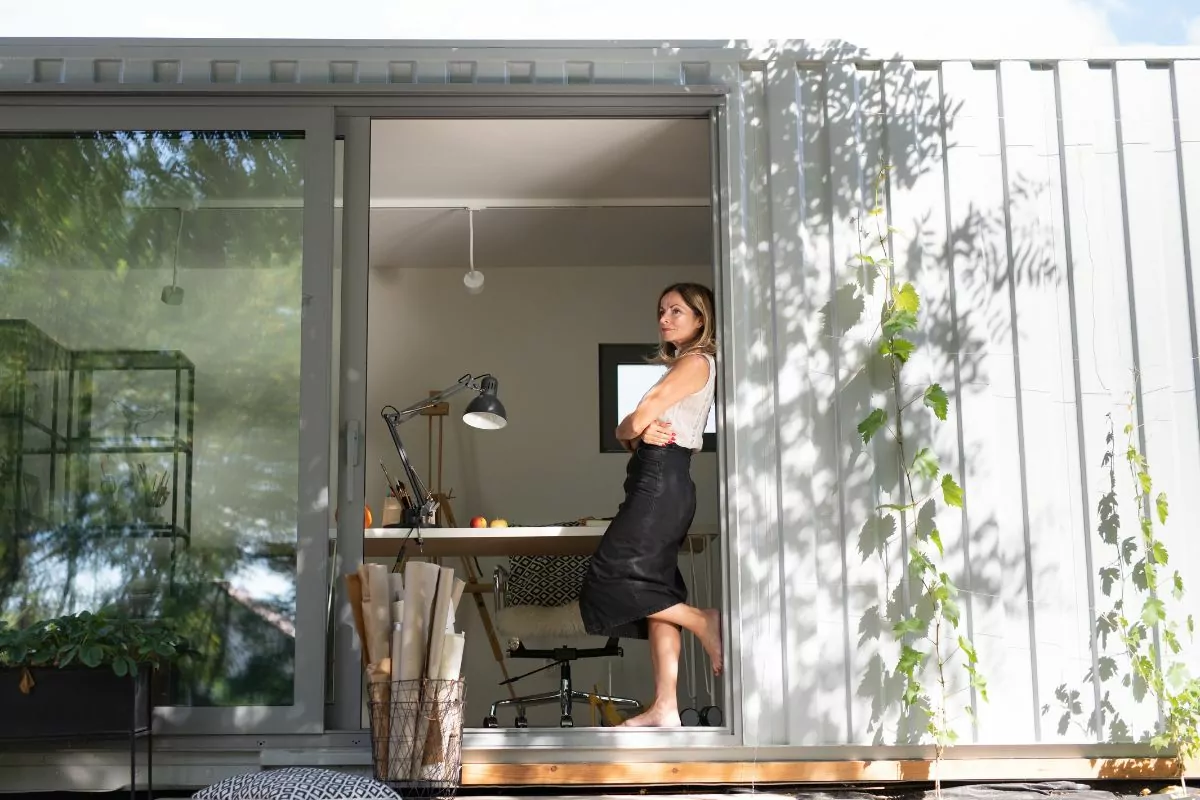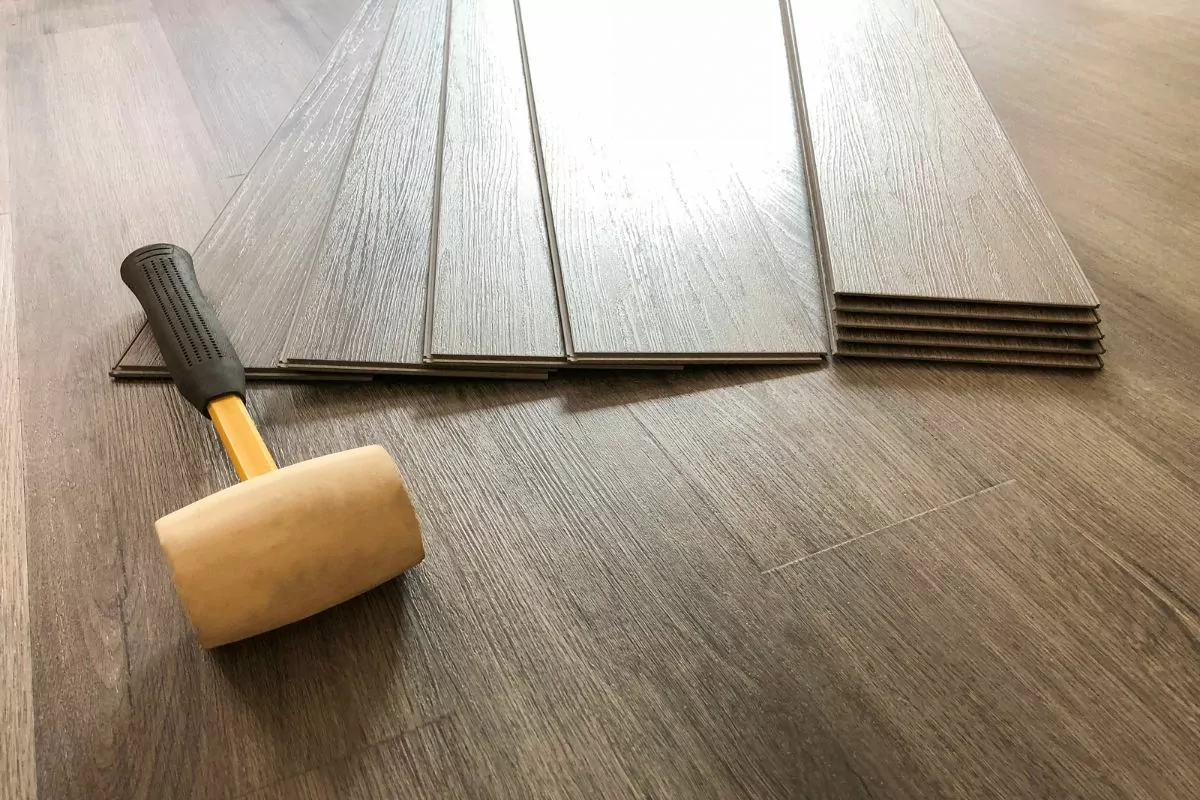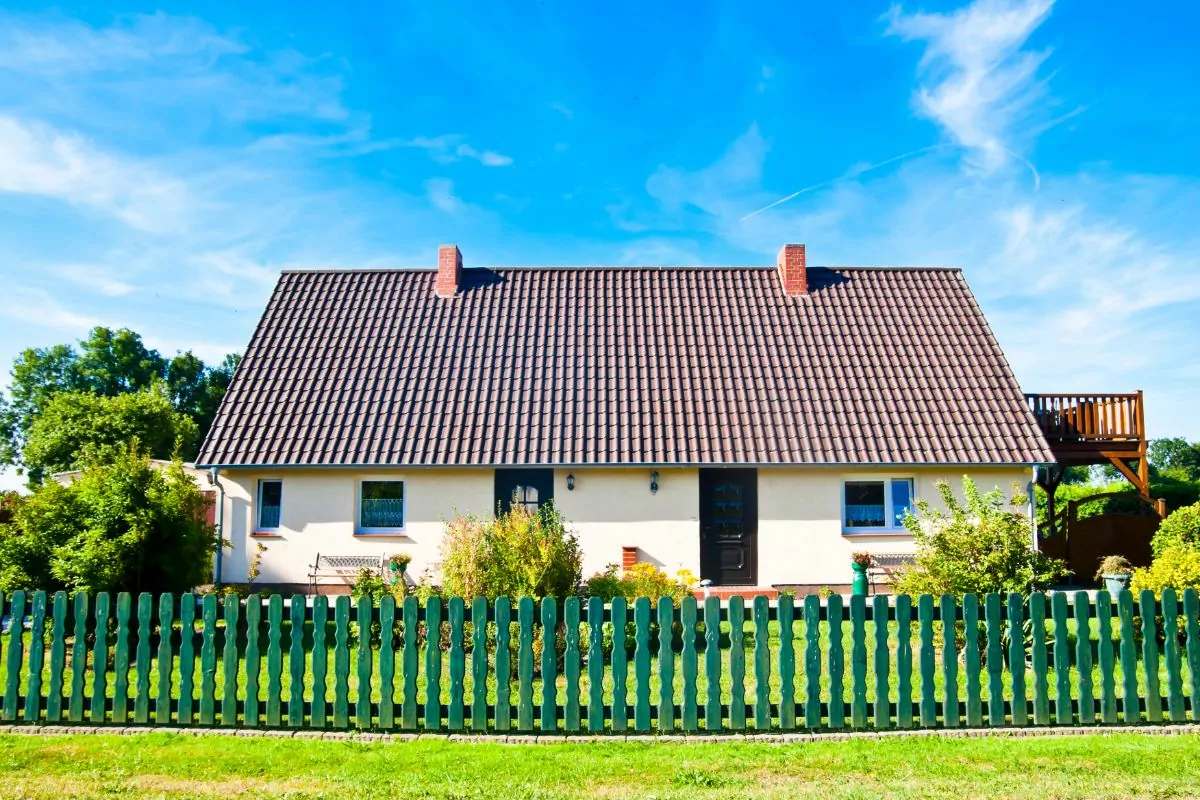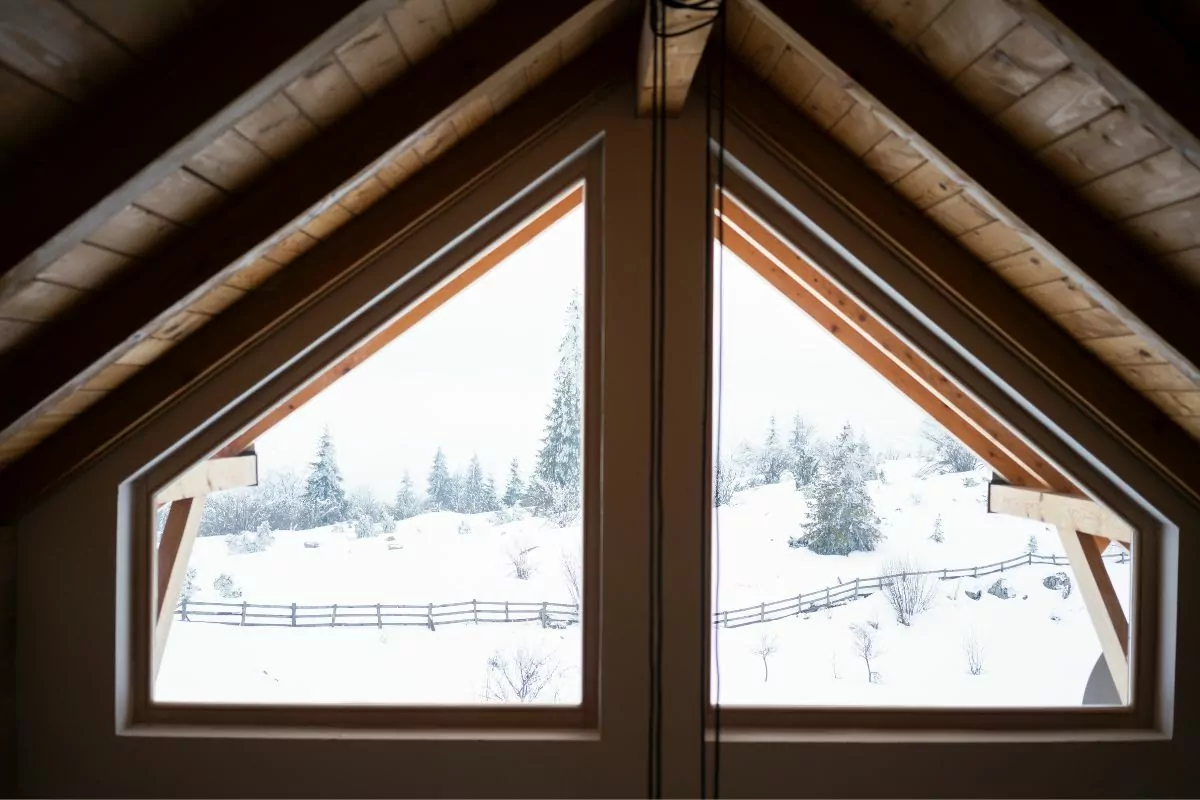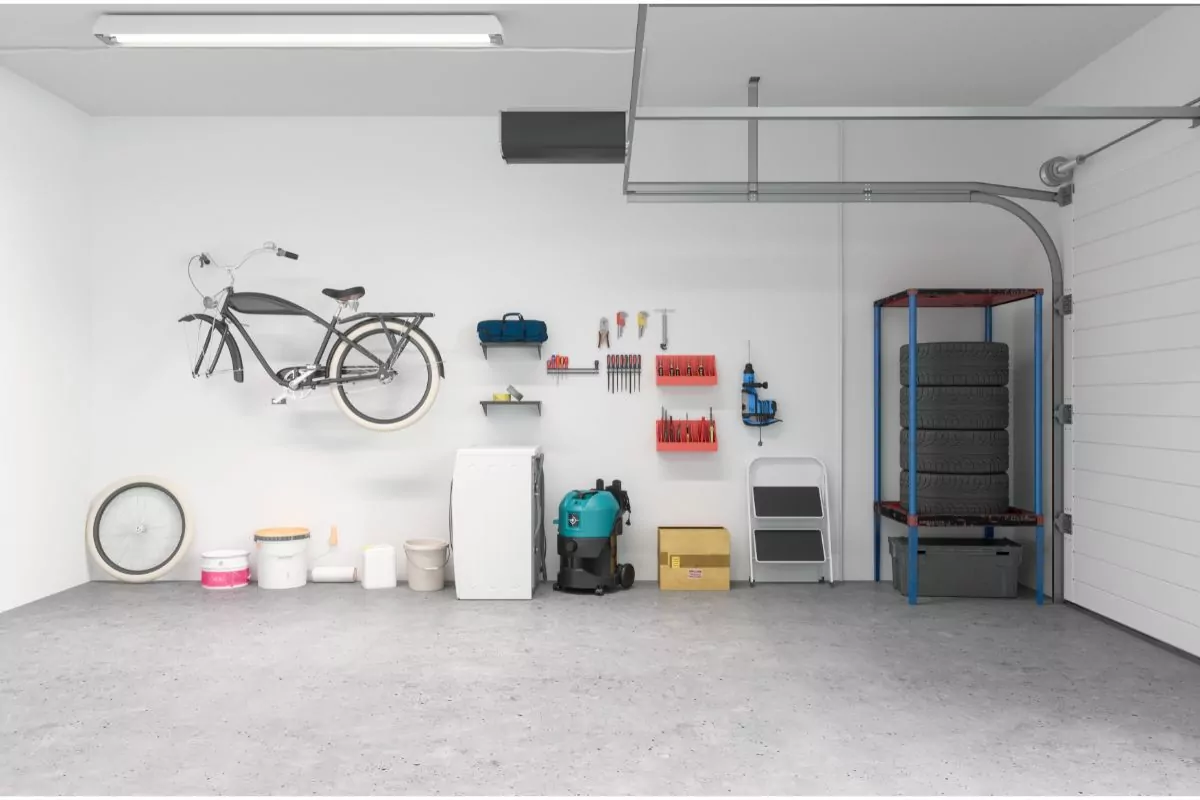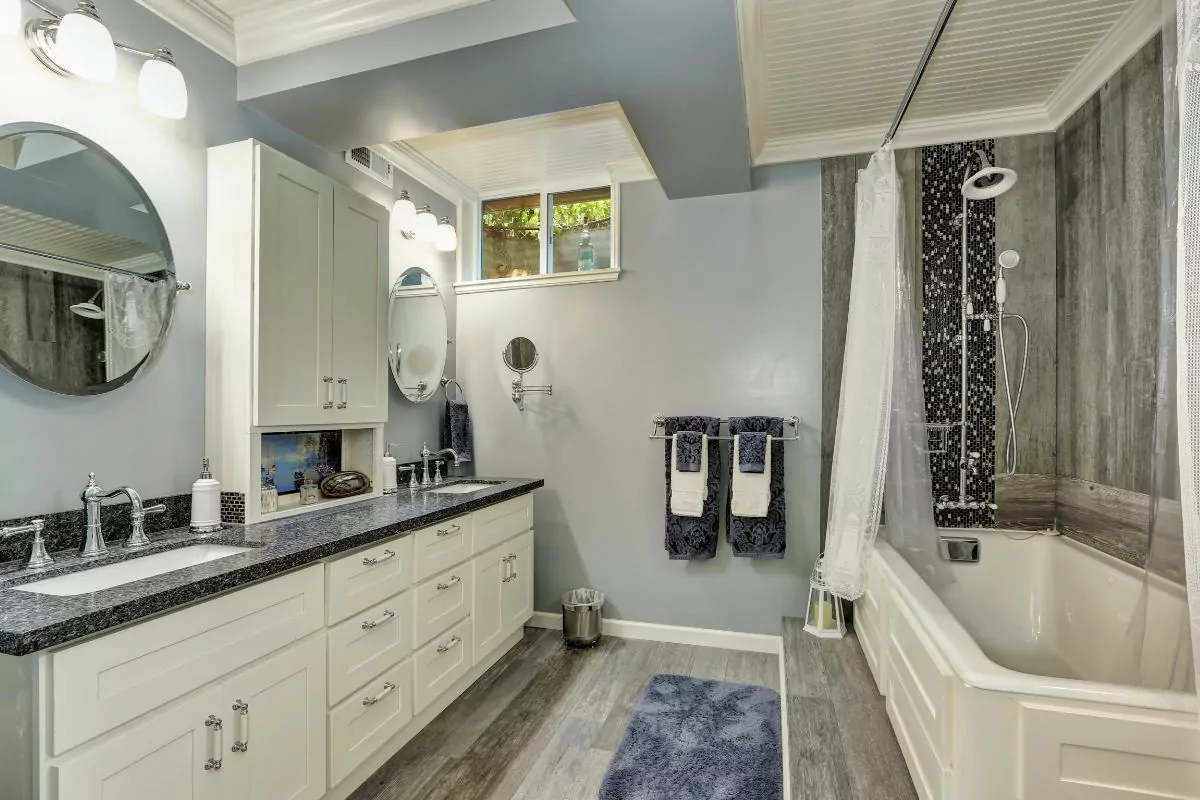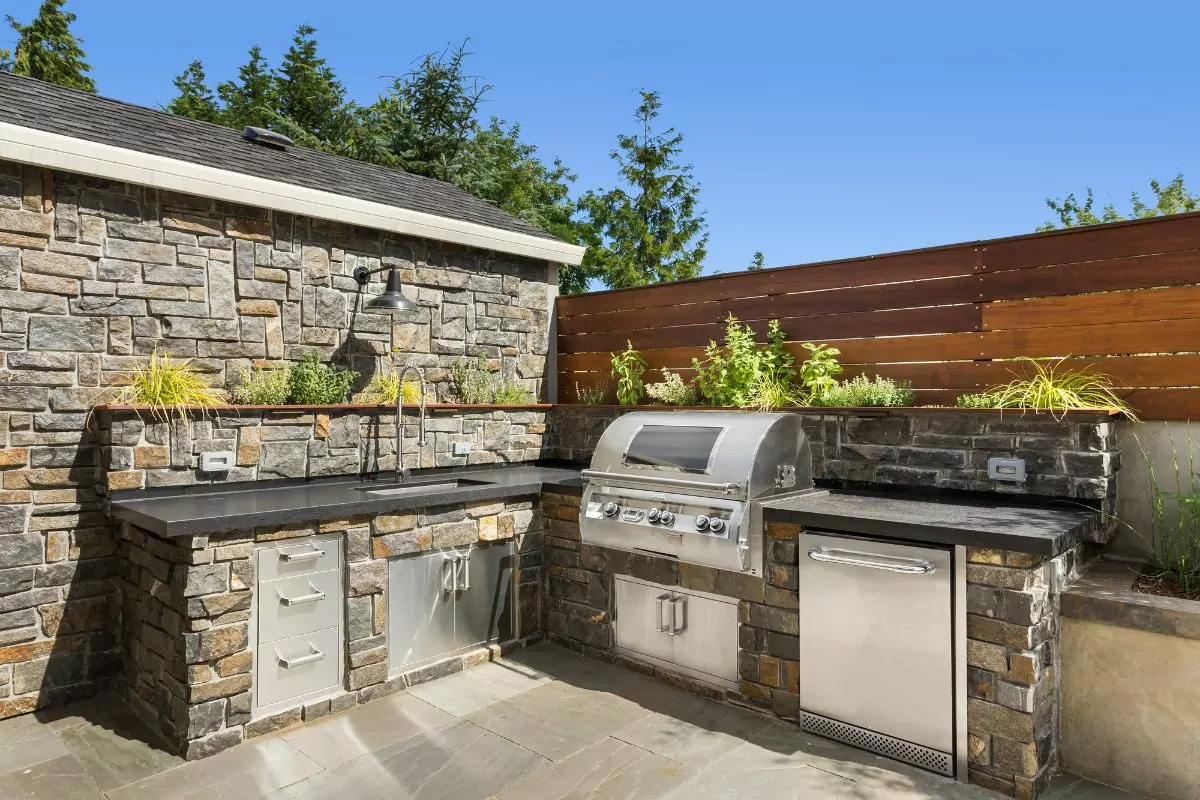From time to time, we want to renovate our homes. Home renovation can be a long and arduous process, and sometimes during the planning process – you consider that you will need to remove a wall.
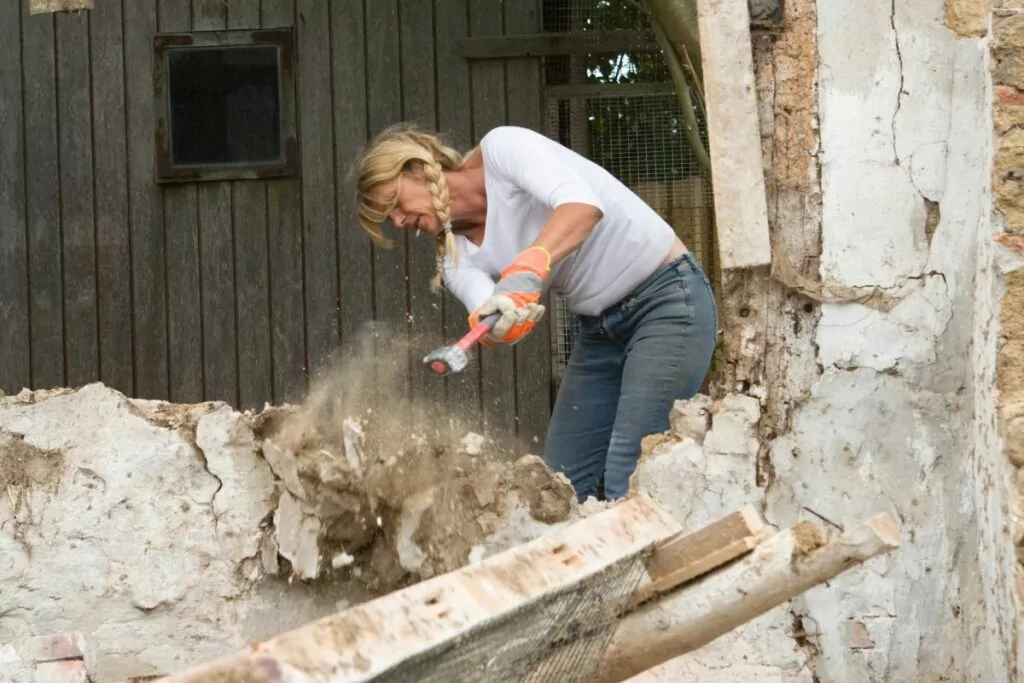
While knocking down a wall might sound relatively basic and simple, it’s not as straightforward as some people may believe, and yes – there are going to be costs involved.
Generally speaking, knocking down a wall will set you back between $300 and $10,000 depending on what kind of wall it is and the overall design of your home. Of course though, there’s a lot more to know than just this.
So, we’ve decided to write this beneficial guide that will explain to you everything you need to know about knocking down a wall, including their costs and what to expect.
If you’re ready to learn a lot more – then read on and get all of your answers!
Knocking Down A Wall In Your Home
It may be necessary during your renovation to remove a wall. In fact, it might be a critical element to your project.
For example, you might be looking to expand your bathroom, improve your kitchen space (see also “How To Build An Outdoor Kitchen On A Budget“) or maybe make your bedrooms bigger.
However, the costs of knocking down a wall will differ based on a number of factors. A non load bearing wall for instance will cost anywhere between $300 and $1,000 whereas a load bearing wall will require a professional, so it’s down to their costs.
Your home’s design makes a big difference too. Multi storied homes for instance cost much more, especially if you’re going to remove a wall from the ground level (see also “How Much Does It Cost To Add A Second Story?“).
Non Load Bearing Wall
As we briefly spoke about, a non load bearing wall being knocked down will cost between $300 and $1,000.
However, it’s not just a case of going straight at the wall in question. Many homeowners can easily be confused as to which wall is which.
Indeed, from the outside, a non load bearing wall and a load bearing wall may look exactly the same – but it’s critical to know that they both offer differing amounts of support.
You can often find out which wall is which in the architectural plans of the home.
However, speaking in a general sense, non load bearing partitions will be absent from walls, posts and any other supports above or below them.
That being said, there are sometimes exceptions to this rule, so don’t take it as a golden rule.
Load Bearing Wall
Load bearing walls are likely going to be much more expensive to remove than non load bearing walls, as you’re going to need to call in a professional to examine them and conduct the work.
The costs are typically between $1,200 and $3,000 in a single storey home whereas the costs are between $3,200 and $10,000 for multi storey homes.
Once again, it can be difficult to tell the difference between a load bearing wall and a non load bearing wall. However, some indicators could be that they will sit directly above beams (metal or wood) in the basement or perpendicular to floor joists.
It’s also important to note that every exterior wall is load bearing. Now, while these are the estimated costs, it’s also critical to remember that – as you will be hiring a professional, their costs will vary depending on who they are, and whether you hire them urgently.
Cost Factors

It’s now a wise idea to examine what could factor in when trying to work out the cost for knocking down one of your walls. Every project for renovation will be different in terms of its size, difficulty and scope.
You will also have to factor in any labor costs, materials, structural support beams, pipes, wires etc – remember, there’s a lot happening behind these walls!
Support Beams
It’s impossible (or dumb!) to knock down a load bearing wall without supplying it with an alternative structure for support.
Typically, a contractor will come in and erect support beams which are either steel or laminated veneer lumber (LVL).
Steel support beams are common but they’re the most costly. They cost anywhere between $1,300 and $5,000, but their cost is necessary and they’re probably the most durable out of the two.
LVL on the other hand is more cost effective, ranging from $55 to $400. While these aren’t as durable, this does not mean that they’ll crumble or collapse under the weight. It does mean that they’re not the right choice for some jobs though.
To get the right plans, you will need to contact a professional who will be able to cost the job for you and explain why certain things like this are necessary.
Plumbing
As we said, there’s a lot happening behind the walls. You’re going to need to contact a plumber to assess the situation of the pipes on the other side.
The costs of this are going to vary depending on the necessary work and the rate of the plumber.
Normally though, you can expect to pay for the materials and then an extra $45-$200 per hour on top for the plumber.
Wiring
Much like the plumbing consideration, you need to think about the wiring which will be behind the walls – and once again, you’re going to need to contact a professional to resolve the problem.
The costs will depend on the job’s complexity and the rate of the electrician, which can be between $50 per hour and $100 per hour.
Extras
On top of all this, you will also need to factor in the cost of drywall and wallpaper replacement, all of which will vary depending on the wall.
The Bottom Line
And that’s what you need to know about the costs of knocking down a wall! We hope this guide was helpful for you. Good luck with your renovation.
- What Kind of Room Has No Doors or Windows? - December 1, 2023
- What is a Powder Room? - December 1, 2023
- What Is a Kitchenette: Exploring the Features and Benefits of a Compact Kitchen - December 1, 2023

